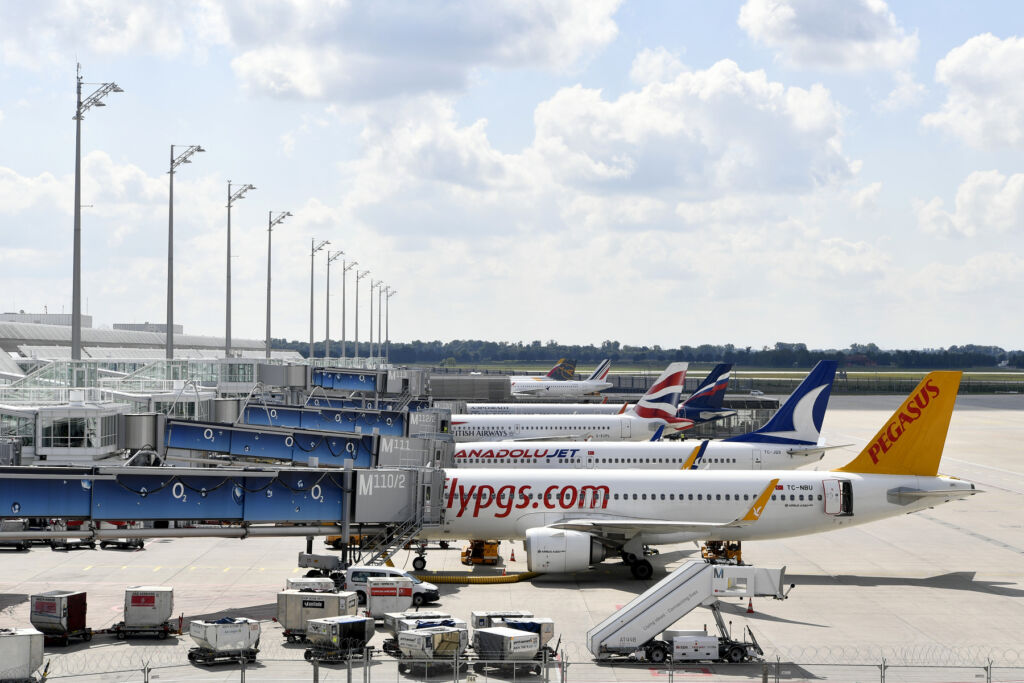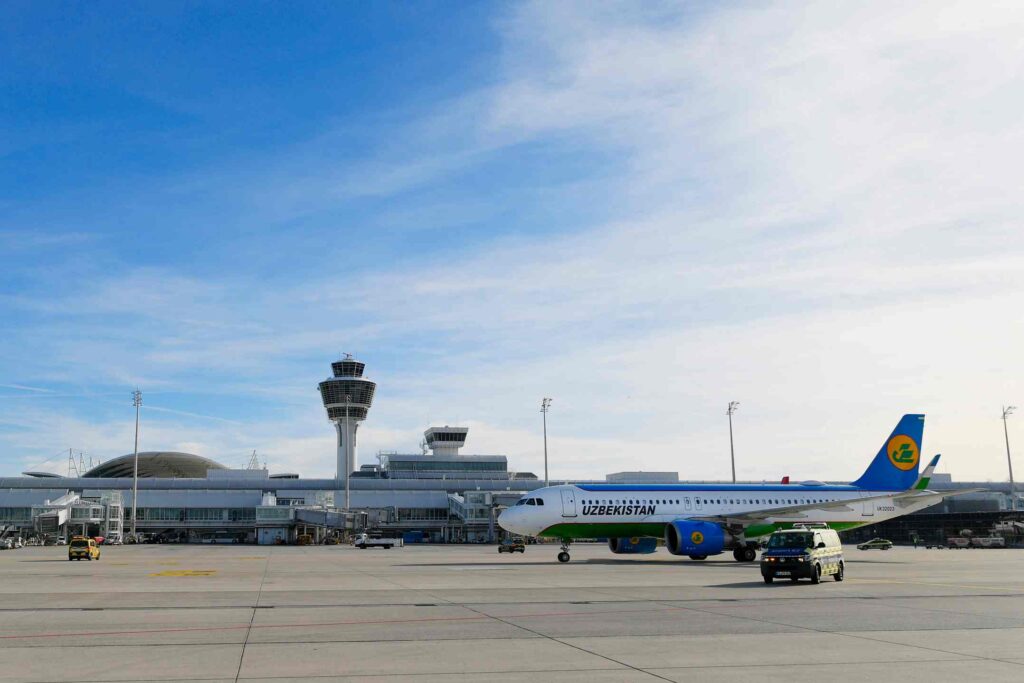The 2021 traffic figures for Munich Airport are still heavily marked by the effects of the COVID-19 pandemic: Passenger numbers rose by 1.4 million more than twelve percent to a total of 12.5 million passengers. However, this passenger volume represents only slightly over a quarter of the airport’s record results for 2019 before the pandemic.
A positive trend in traffic was apparent over the course of 2021. A rapid increase in demand could be observed from summer onwards due to the elimination of many restrictions on international travel. While only 2.2 million passengers were counted at Munich Airport over the first six months, the second half of the year saw traffic of 10.3 million travelers. In October 2021 alone, the month with the highest level of traffic, the airport registered the same number of passengers as the entire first half of the year.
Jost Lammers, CEO of Munich Airport, says: “As soon as the pandemic situation allows for it, people want to travel again. We also see this uninterrupted demand as an encouraging sign in regard to the new year. Even if the next several weeks are still challenging in consideration of the anticipated impact of the Omicron variant, we see excellent prospects for another considerable increase in flights and passenger demand in the summer flight schedule.”
An indication of just how quickly air traffic can recover after the elimination of travel restrictions can also be seen by comparing December results for 2020 and 2021: While only 245,000 passengers were counted in Munich in December 2020, this figure was already more than six times higher at 1.5 million passengers one year later. A total of roughly 153,000 take-offs and landings took place in 2021. This represents an increase of 6,000 aircraft movements over four percent relative to the previous year. Air freight increased considerably in comparison with 2020, particularly due to a significant increase in “cargo-only” traffic. The overall volume of air freight handled was 22,000 metric tons higher than the previous year. This corresponds to an increase in freight volume by just under 15 percent to a total of 167,000 metric tons.








